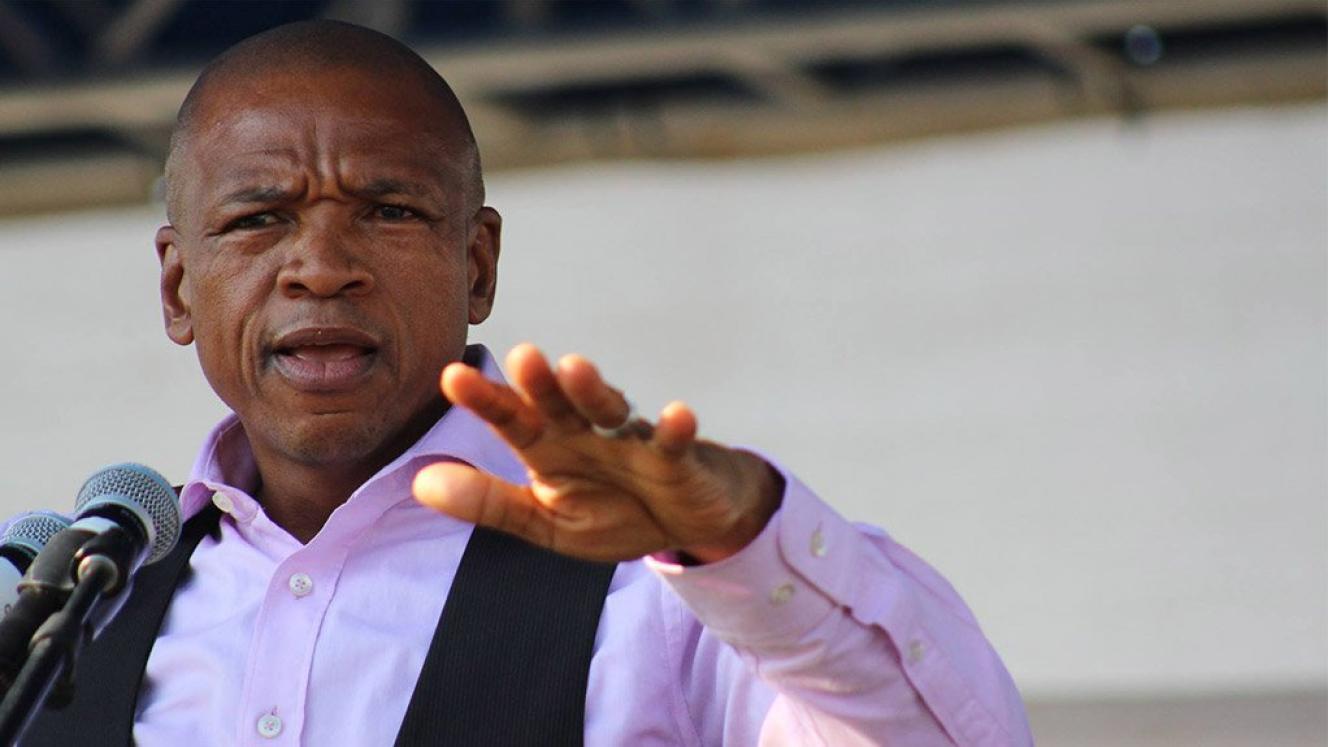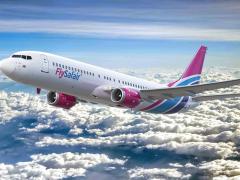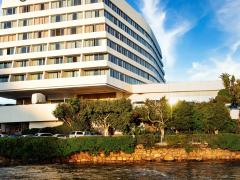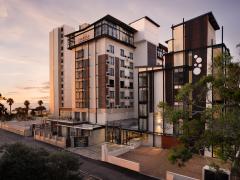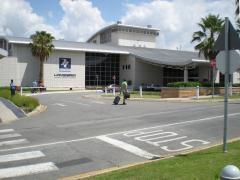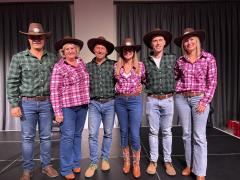A calculated, driven, aggressive but gradual re-entry of tourism into the economy is essential if South Africa is to save 1.2 million jobs.
This was highlighted on Tuesday (June 9) when the Tourism Business Council of South Africa (TBCSA) presented its Tourism Recovery Strategy to Parliament’s Portfolio Committee on Tourism (PCoT).
The recovery strategy advocates for an earlier phased reopening of international tourism to South Africa as soon as September, said ceo of the TBCSA, Tshifhiwa Tshivhengwa.
Overall, the presentation was well received with many committee members acknowledging the role of tourism as well as the importance of reopening safely, he said.
Tourism Portfolio Committee Chairperson, Supra Mahumapelo, said that, while easing restrictions was necessary for the sector to reopen business operations, it could not be an abrupt re-entry, but a gradual and calculated approach.
A concern raised by one of the PCoT members was that the proposed September timing may be impacted by the predicted peak in COVID-19 infections, which experts estimate could happen around September.
Tshifhiwa emphasised that the reopening would be dependent on the development and roll out of stringent and practical health-focused protocols by the travel and tourism value-chain to safeguard staff and guests. “The TBCSA’s proposed Tourism Recovery Strategy acknowledges that a phased approach will be required for the responsible reopening of international tourism to South Africa.”
He pointed out that with the introduction of level 3 lockdown – with the limited opening of business travel in South Africa – there was an opportunity to showcase the efforts the tourism value chain had made in developing and implementing health and safety protocols.
Phased approach
The TBCSA’s proposed phased Tourism Recovery Strategy provides for an initial six- to eight-week Preparation Phase, followed by a Phase 1 trial where safe source markets with similar risk profiles and stages of pandemic would be allowed to travel to South Africa.
These travellers would be vetted, all stringent safety protocols would be in place and the focus would be on low-contact product and low-risk areas.
In Phase 2, South Africa would further open key markets and expand the experiences on offer, until in Phase 3 air access would be opened fully and the destination could restart its longer-term growth strategy.
Other markets
Mahumapelo urged the TBCSA, in addition to South Africa’s traditional major source markets, to focus on Southern African Development Community, Africa and the emerging economies of Brazil, Russia, India, and China (Bric). He appealed to the TBCSA to tailor-make tour packages for SADC, Africa, and Brics countries.
“This will be one of the strategies boosting regional tourism and supporting the recovery and sustainability of the tourism sector in the foreseeable future,” said Mahumapelo.
